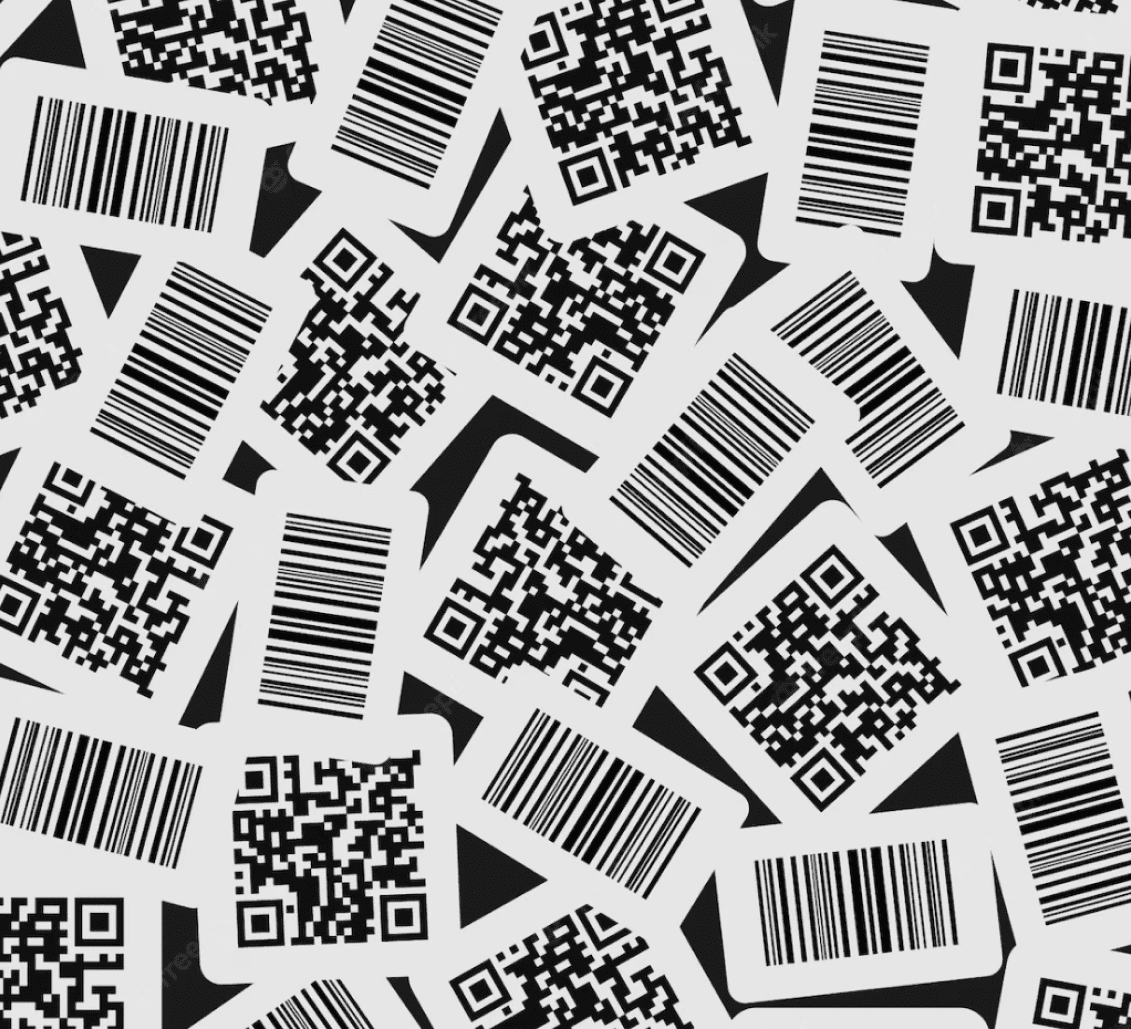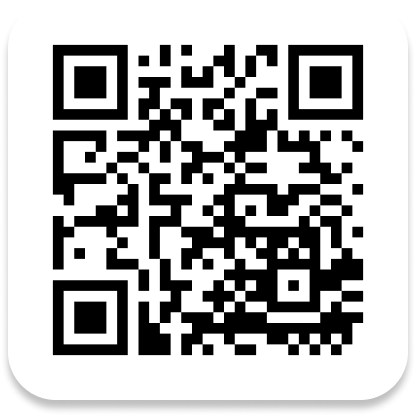Making brand collaboration work
For a brand, it's crucial to stand out in its niche, so most advertising efforts will be focused on independent actions. How can you improve your website? How can you make your customers happier? How can you create a unique value proposition? Relying on others may even seem counterproductive, diverting attention away from your brand.
Of course, this is a shortsighted view of the situation because collaboration can achieve a lot. In some relationships, it's the unsung hero of the marketing world, whether online, offline, or both. When two or more companies with a compatible audience come together, the result is mutual benefit, often achieving outcomes that go far beyond what they could achieve individually. If you've been avoiding collaboration, now is the time to change that.
But how exactly should you make brand collaboration work? In this article, we are going to focus solely on the role of QR codes in the interaction process. How can you use them most effectively? Let's answer this key question.
Of course, this is a shortsighted view of the situation because collaboration can achieve a lot. In some relationships, it's the unsung hero of the marketing world, whether online, offline, or both. When two or more companies with a compatible audience come together, the result is mutual benefit, often achieving outcomes that go far beyond what they could achieve individually. If you've been avoiding collaboration, now is the time to change that.
But how exactly should you make brand collaboration work? In this article, we are going to focus solely on the role of QR codes in the interaction process. How can you use them most effectively? Let's answer this key question.

The Vital Role of QR Codes in Optimal Mutual Promotion
There are various reasons why you might engage in brand collaborations, and one common practice is creating high-quality content that goes beyond what individual creators could achieve. However, sometimes collaboration ends there. Each participant publishes content and uses it for information dissemination, but it stops at that. You can do more.
When collaborating with another brand, it should be one where mutual promotion is possible. You encourage your audience to consider that brand, and they encourage their audience to consider you (targeting an existing audience that aligns with your brand is one of the best ways to grab attention). This truly requires both brands to have a fitting audience, but there's little sense in collaborating with a brand that is either a direct competitor or from an entirely unrelated industry.
But what's the practical implementation of this mutual promotion? One common method is providing backlinks. The more popular brands you can attract to link to your site, the better your site will perform in regular searches and bring you more visits. Another option is simply talking about each other. When interacting with your customers, you can casually mention your collaboration partner.
The issue with backlinks is twofold: they are not only highly inefficient when deployed autonomously (who wants to spend time typing in an address, even if it's a shortened user-friendly URL?), but they are also not very appealing and can get lost among alternatives. A regular page contains many links out of necessity.
However, QR codes can be used for both offline and online materials. Regardless of how they are depicted, anyone with a modern smartphone can open the "Camera" app and be redirected to the intended destination. They are universal, quick, easy to create, and fully customizable.
When collaborating with another brand, it should be one where mutual promotion is possible. You encourage your audience to consider that brand, and they encourage their audience to consider you (targeting an existing audience that aligns with your brand is one of the best ways to grab attention). This truly requires both brands to have a fitting audience, but there's little sense in collaborating with a brand that is either a direct competitor or from an entirely unrelated industry.
But what's the practical implementation of this mutual promotion? One common method is providing backlinks. The more popular brands you can attract to link to your site, the better your site will perform in regular searches and bring you more visits. Another option is simply talking about each other. When interacting with your customers, you can casually mention your collaboration partner.
The issue with backlinks is twofold: they are not only highly inefficient when deployed autonomously (who wants to spend time typing in an address, even if it's a shortened user-friendly URL?), but they are also not very appealing and can get lost among alternatives. A regular page contains many links out of necessity.
However, QR codes can be used for both offline and online materials. Regardless of how they are depicted, anyone with a modern smartphone can open the "Camera" app and be redirected to the intended destination. They are universal, quick, easy to create, and fully customizable.

Unlocking Opportunities: Harnessing the Power of QR Codes in Various Scenarios
As previously highlighted, QR codes play a crucial role in mutual promotion, and one of their key strengths is their versatility, allowing for effective utilization in a variety of situations. Let’s explore how QR codes seamlessly integrate into different advertising opportunities:
Websites
Placing a QR code on your website bridges the gap between desktop and mobile users. While an interactive call-to-action (CTA) button is effective, complementing it with a QR code makes sense. Visitors can either directly navigate through the QR code or capture it for later use.
Packaging
This is an area where QR codes truly shine. Similar to how brands showcase sponsor logos at events, a brand collaborating with another can enhance its product packaging by incorporating QR codes leading to the partner brand’s website. These QR codes can be placed externally or internally on packaging, on brochures, guides, or even coupons.
Banners
A QR code on a banner simplifies the audience’s journey to the link. Offline advertising, especially through banners, remains one of the best ways for a brand to grab people’s attention, and a QR code is the most reasonable way to prompt action.
Video Advertising
Consider the increasing value of video advertising. You may not want to invest in TV ad slots, but what about YouTube or a relevant Twitch channel? Collaborative efforts can help distribute costs, and a prominently displayed QR code in the midst of a short video can stand out enough to pique interest (something a URL cannot achieve).

Making brand collaboration work
Incorporating QR codes into these scenarios enhances user experience, encourages interaction, and provides a seamless connection between physical and digital realms. The adaptability of QR codes makes them a powerful tool for brands looking to elevate their collaborative promotional strategies.







